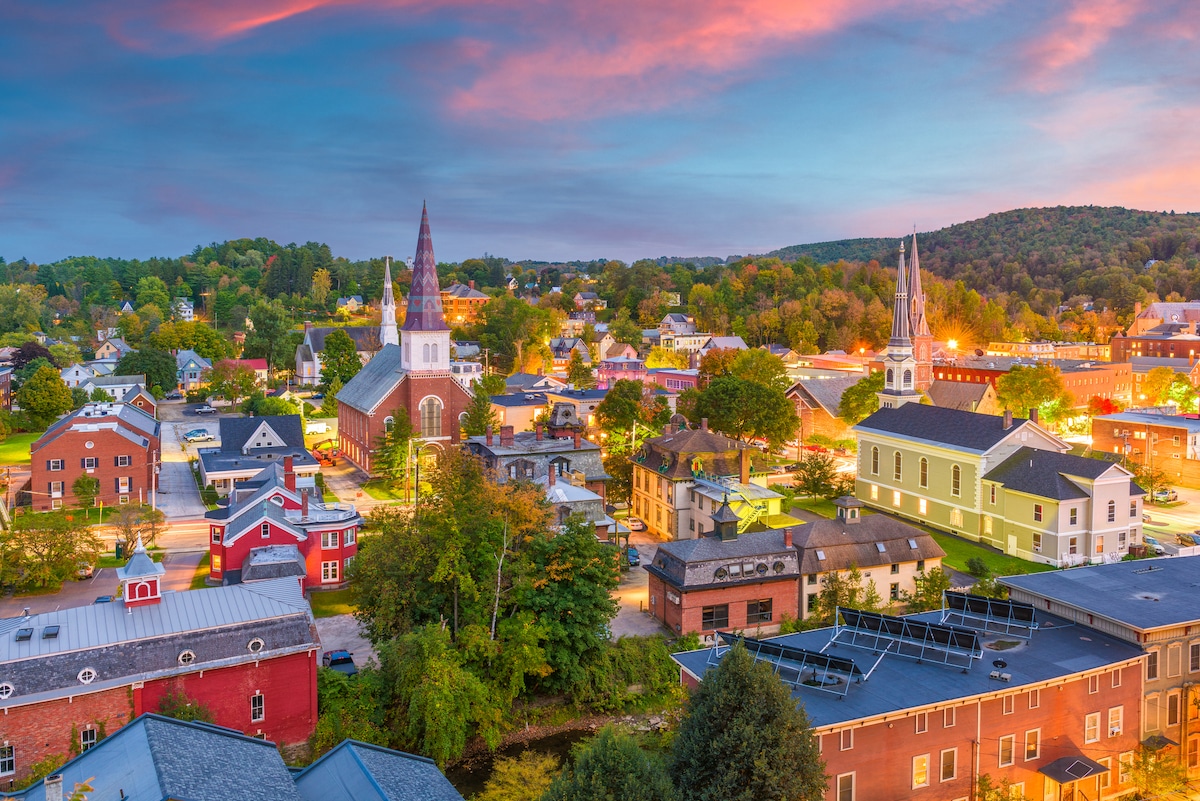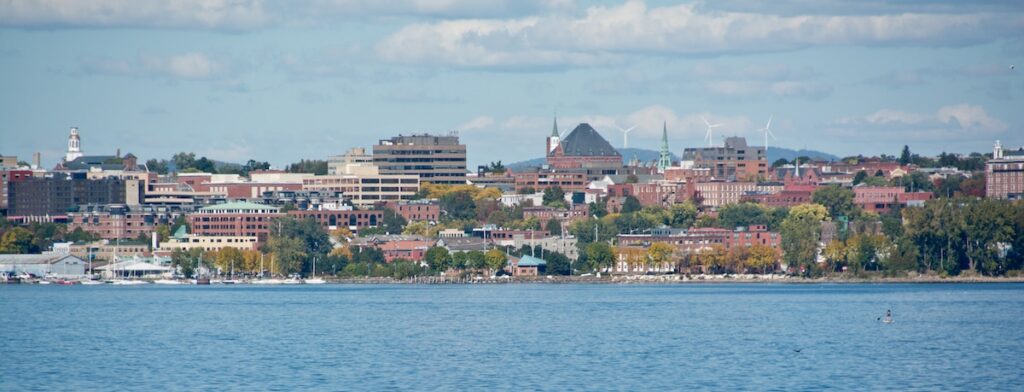

What is the greenest state in the nation?
Financial advising website WalletHub has released a new report ranking U.S. states based on how well they take care of their environment.
“We should all try to do our part to save the world for future generations,” WalletHub wrote. “In order to highlight the greenest states and call out those doing a poor job of caring for the environment, WalletHub compared each of the 50 states on 25 key metrics.”
The report ranked the states according to three different categories: environmental quality, eco-friendly behaviors and climate-change contributions. To judge environmental quality the report looked at air quality, water quality, soil quality and energy efficiency. Eco-friendly behaviors included metrics like green buildings per capita, energy consumption per capita and gasoline consumption per capita. Climate-change contributions were based on carbon-dioxide emissions per capita, methane emissions per capita, nitrous-oxide emissions per capita and fluorinated greenhouse-gas emissions per capita.

Vermont took the lead as the most environmentally friendly state overall, followed by New York and Hawaii. On the other end of the spectrum, West Virginia came in last, preceded by Louisiana and Mississippi.
The entire top ten list is as follows, according to The Hill:
1. Vermont
2. New York
3. Hawaii
4. Maryland
5. California
6. Massachusetts
7. Minnesota
8. Connecticut
9. South Dakota
10. Maine
The nation’s most environmentally-friendly states are similar to the states selected by WalletHub in 2021, as U.S. News and World Report said at the time. Vermont and New York remained in the No. 1 and 2 slots. However, Massachusetts was third. Washington and Oregon appeared in the top ten last year, but were swapped out with Maine and South Dakota this year.
Another ranking from ConsumerAffairs put Washington, Oregon, New Hampshire, Vermont and Maine in the top five slots. This list, released in February, was based on greenhouse gas emissions; waste, recycling and compost; and energy generation from renewables and nuclear. West Virginia took the bottom slot in this list as well.
The WalletHub report also ranked the states on individual metrics. For example, Wyoming had the best air quality in the nation, Oregon and Maine tied for the highest renewable energy consumption and New York had the lowest gasoline consumption per capita. California had the worst air quality in the nation, while Delaware had the lowest renewable energy consumption and Mississippi had the highest gas consumption per capita.
WalletHub is above all a financial advice website, and the report emphasized the fact that financial and ecological health can go hand in hand. It pointed out that 2021 was the third most expensive year on record in the U.S. in terms of damages from extreme weather events.
“It’s possible that living more sustainably and using greener energy sources could prevent us from having quite as bad hurricane seasons in the future – and saving a lot of money in repairs as a result,” WalletHub said.
The report also included the testimony of experts who weighed in on the relationship between the economy and the environment, and what individuals could do to make a difference.
“[I]t it is important to think of sustainable development which encompasses the Triple Bottomline, i.e. the three P’s (people, planet, and profits). A green economy is good not just for the environment, but it creates working and living conditions that allow people to thrive while corporations make equal or more profit on the same level of investment. We have been duped into believing a false dichotomy. There are many ways of incorporating green development in ways that improve the lives of the people who live and work in that economy while protecting the planet and investors,” Stockton University professor of environmental science, geology and sustainability Dr. Tait Chirenje said.
The report also found that political decisions made a difference. Blue states were on average more eco-friendly than red states, having a score of 15.24 compared to 35.76. (The greener the state, the lower the score.) This means that political participation is an important part of individual climate action.
“There are many ways individuals can help protect the environment, from recycling to home insulation to using public transportation more often. But the single most powerful way to protect the environment is our vote,” Presidential Climate Action Project executive director William Becker said in the report. “We need to elect legislators, congressional members, governors, and presidents who understand the importance of a healthy natural environment and who champion public policies that protect our forests, rivers, oceans, wilderness, soils, and biodiversity.”

 233k
233k  41k
41k  Subscribe
Subscribe 